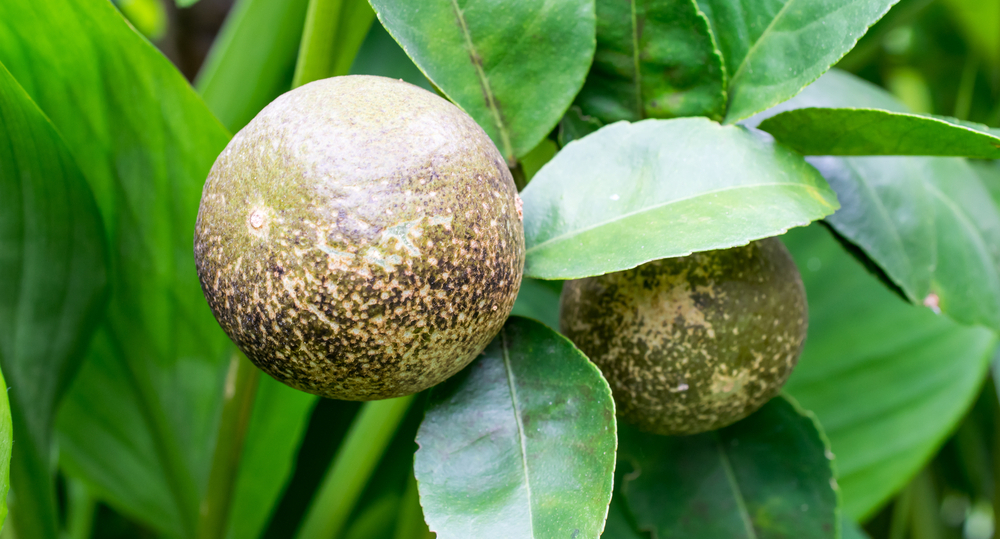Citrus canker, a spreadable plant disease caused by bacteria, can bring serious harm to all citrus cultivars. The infection is not a danger to animals or humans but makes fruit unmarketable and ugly.
Citrus Canker Information
The disease was brought to the U.S. from Japan in the 1900s. Through eradication programs and quarantine started by the states affected by the disease and the federal government, citrus canker seemed to have been destroyed by 1947.
However, in October 2015, the infestation was confirmed in indicative lemon and lime trees in Rancho Viejo. In 2016, citrus canker appeared in Richmond and Houston.
Citrus Canker Symptoms
The bacterium develops and increases in contaminated plant parts. Every above-ground section of the citrus tree is vulnerable. Blistery lesions on the fruit and leaves begin small and enlarge as the disease advances. Also, these lesions might darken to black or tan, developing a water-soaked margin with a yellow circle enclosing it.
The middle of the lesion on the leaves, twigs, and stems could seem scabby and raised bordered by a watery margin. Because of this, older leaves and lesions might possess a shot-hole appearance. These lesions ultimately die and drop off.
Environmental Factors
This bacterium thrives in wet, warm conditions. Disease development peaks at 68F to 86F. It seeps out from infected plant parts where there is plenty of moisture and spreads to create new infections. The natural transmission mode is by rains and wind that spread the disease over short distances by spattering it on other plants.
Hurricanes or tropical storms may hasten the speed and range of the disease span. The main way citrus canker expands across places is that human activities could move diseased materials (fruit and wood) from one spot to another. Also, the infestation goes from tree to tree via mechanical contacts such as tree pruners and other tools.
Control
Because there is no cure for citrus canker, prevention is the top approach to managing the bacterium.
If you believe that a citrus tree has this disease, contact a professional tree care company like Tampa Tree Service for further assistance.
You will most likely have to eliminate and kill the diseased plants to destroy possible bacteria, stopping future contamination.



